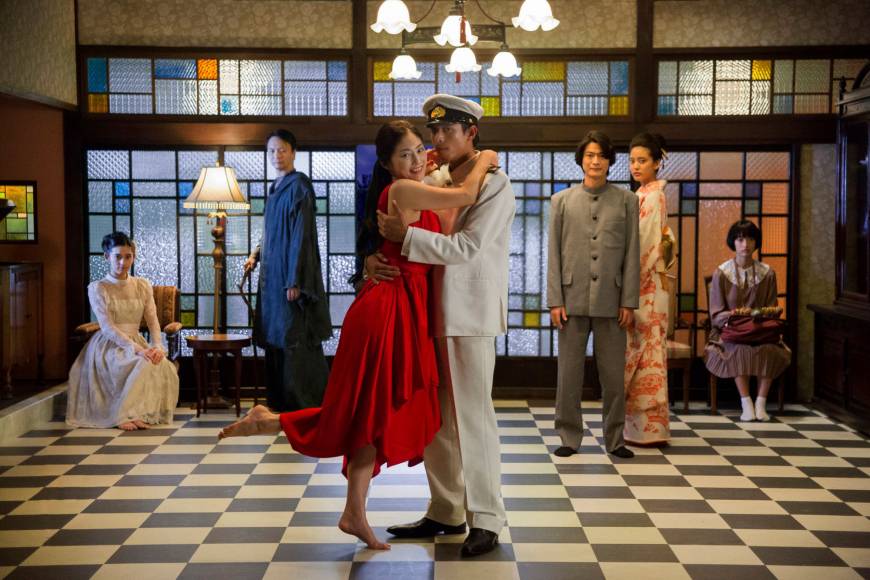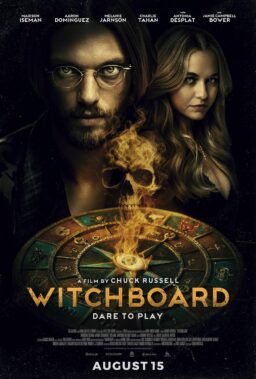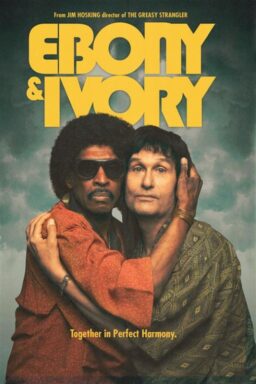Hats off to the Japan Society’s film programming team for assembling a remarkably strong line-up for this year’s annual “Japan Cuts” program, a series of new and newly restored Japanese films by newcomers and established filmmakers, like horror director Kiyoshi Kurosawa and documentarian Kazuo Hara. Over the years, Japan Society has cultivated a devoted cinephile audience, and given attendees rare opportunities to see under-seen works by masters like Koji Wakamatsu, Kureyoshi Kurahara, and Kon Ichikawa. This year’s “Japan Cuts” continues that trend by highlighting “Hanagatami” (pictured above), a vital new historical drama by Nobuhiko Obayashi, the director of the trippy 1977 cult classic “Hausu.” Japan Society also screened Obayashi’s “Seven Weeks” back in 2015, the same year that they gave Obayashi a fairly comprehensive, richly deserved, and well-attended career retrospective.
“Hanagatami“—a sprawling WWII drama that follows a group of childhood friends who struggle to remain optimistic in the months before they are conscripted and/or left behind by their loved ones—is a master surrealist’s passion project (Obayashi has wanted to make “Hanagatami” for almost 40 years). But it simultaneously does and doesn’t feel like a film made by an older artist. Obayashi consistently undercuts optimistic student Toshihiko’s (Shunsuke Kubozuka) rose-colored memories of his loved ones by representing their interactions with tons of green-screen computer graphics, as well as a plethora of hyper in-camera effects, choppy zooms, and seemingly unmotivated camera pans and match cuts. Characters dwell on and/or struggle to suppress traumatizing images—a deferred kiss, a soldier’s uniform, blood on their shirts—while Kubozuka’s grotesquely broad smiles and exaggerated line readings undermine his character’s childish, head-strong drive to withdraw from society and/or enlist in the Emperor’s army.
Obayashi’s skepticism for his hopeful, desperate young characters is matched scene-for-scene by his contagious affection. He particularly dotes on Toshihiko, especially when Kubozuka’s character tries in vain to stitch together his fragmented memories into a dream-like tapestry of regret and missed opportunities. And when Toshihiko inevitably must say “goodbye” to his companions, his optimism dissolves in weak sobs and unsentimental asides: “For Yoshihiko, his youth was like a game of hide and seek. It was dark before he knew it, and everybody had gone home.” “Hanagatami” is bound to disappoint anybody who expects more where “Hausu” came from, but it will hopefully fascinate anyone with a taste for the vibrant, challenging films of Alain Resnais, Raul Ruiz, and Seijun Suzuki, the avant garde music of Scott Walker, or the modernist novels of Natsume Soseki.

Speaking of “vital” and “unsentimental:” check out “Abnormal Family,” a masterfully perverse 1984 softcore “pink” pornographic film directed by Masayuki Suo. Suo is best known to American audiences as the helmer of “Shall We Dance,” the feel-good 1996 romantic-comedy that was later remade into a tacky 2004 Jennifer Lopez vehicle. Unlike those relatively family-friendly films, “Abnormal Family” follows a sexually active young woman during her brief, but lively time staying with her husband and his family in her father-in-law’s house. The film’s sex scenes aren’t particularly graphic—anything below the waistline is implied due to Japan’s strict censorship laws—but they are appreciably kinky.
More importantly: “Abnormal Family” is probably the only homage to the masterful Japanese dramatist Yasujiro Ozu that also features nipple play, melting wax, and BDSM-style boudoir shenanigans. Suo’s under-stated, static camerawork proves that he not only knows how to mimic Ozu’s style, but also understands how simple, low-angle camera placement creates tension and gives viewers’ insight into the subjective reality of Ozu’s films. So when Suo places his camera to the side and in front of his cast members: we are overwhelmed by the actors’ feelings. But when Suo places his camera to the side and behind his cast members, he subtly captures the reserved, lonely character of his protagonists.
Suo uses that knowledge to create playful, adversarial tension during dramatic scenes. Contrast these sequences with his sex scenes’ relatively egalitarian close-ups: Suo pays special attention to—and doesn’t just leer at—both male and female body parts in various states of undress. “Abnormal Family” is another acquired taste, but you’ll never know if you’ve acquired it unless you give it a look.

Adventurous moviegoers would also do well to check out the formally audacious animated feature “Violence Voyager,” a disturbing horror-fantasy about a pair of pre-teen boys who wander into a mysterious science-fiction-themed amusement park. The animation in “Violence Voyager” is mesmerizing: hand-painted characters are filmed (and move around using what appears to be popsicles or sticks) like shadow puppets on top of intricate, multi-layered backdrops, which are also almost entirely hand-painted (save for some live-action effects, like splashes of water or fake blood). I found the film’s hand-crafted style to be so disarming that I didn’t even realize how completely drawn in I was until the film’s nightmarish plot—complete with illogical, unpleasant set pieces involving under-age nudity and violence—kicked into high gear. I can’t say that I liked “Violence Voyager,” but I was very impressed with it as a deeply personal reckoning with childhood sexual abuse. It’s elusive, and sad, and completely id-driven in ways that most American animators would be far too uncomfortable to attempt.

I was also bowled over by another new animated film: “Night is Short, Walk On Girl,” a psychedelic coming-of-age comedy from Masaaki Yuasa, the director of the brain-melting “Mind Game” and the underwhelming “Lu Over the Wall.” “Night is Short, Walk On Girl” plunges viewers into a dense thicket of criss-crossing sub-plots, including stories about a vintage porn collector, a love-sick playwright who refuses to change his underwear until he’s reunited with the object of his desire (they call him “Don Underwear”), and the Overdue Library Book Police. But the film’s basic story concerns an unnamed young man (Gen Hoshino) who learns to be more like his would-be romantic conquest, the effervescent, resourceful, and hard-drinking “Girl with Black Hair” (Kana Hanazawa).
Yuasa frequently lets Hanazawa’s co-lead take control of his Pynchon-level dense narrative, and gives her far more personality and agency than your average rom-com heroine. The film’s many tangents are also complimented by Yuasa’s typically dynamic animation style—imagine a unique mix of Max Fleischer’s “Popeye” cartoons and Sharaku’s caricature-like wood-block portraits—which blends hand-drawn animation with computer graphics. Like many of the best films at this year’s “Japan Cuts” program, “Night is Short, Walk On Girl” invites close reading, and rewards patience and curiosity. This might be one of the best programs Japan Society has put together to date; I can’t recommend it highly enough.
Japan Cuts 2018 runs from July 19-29. For more information, including tickets and showtimes, click here












